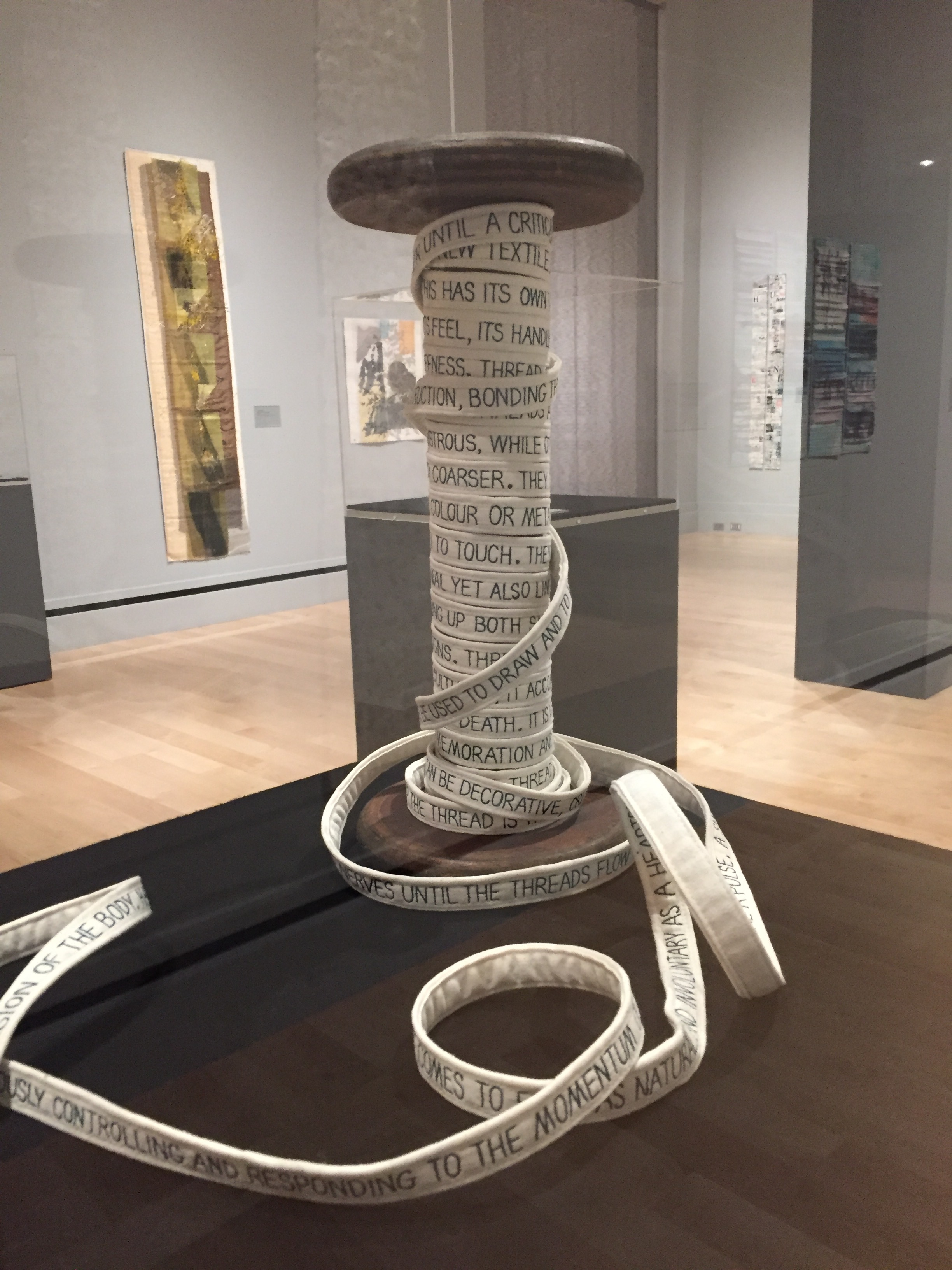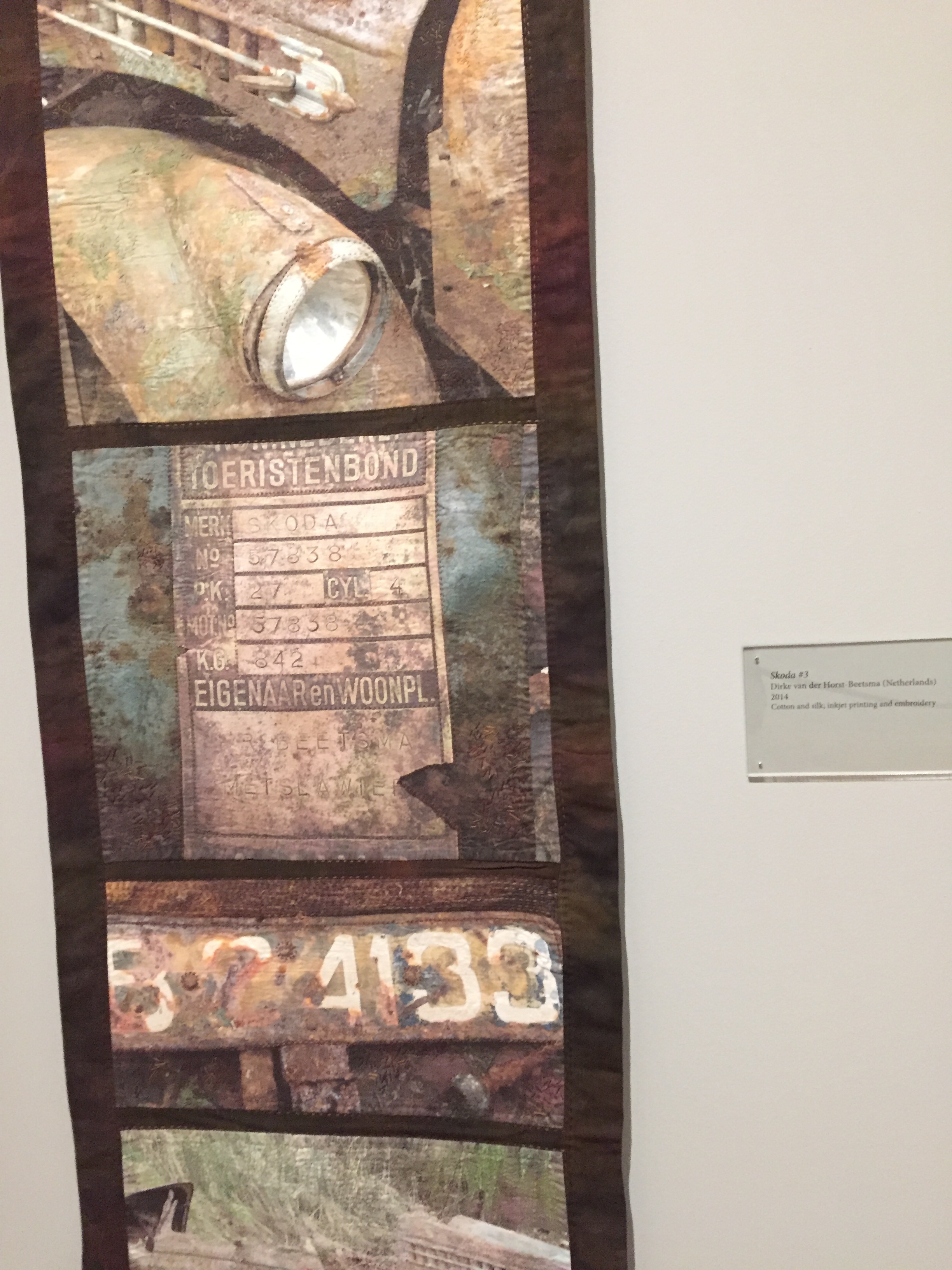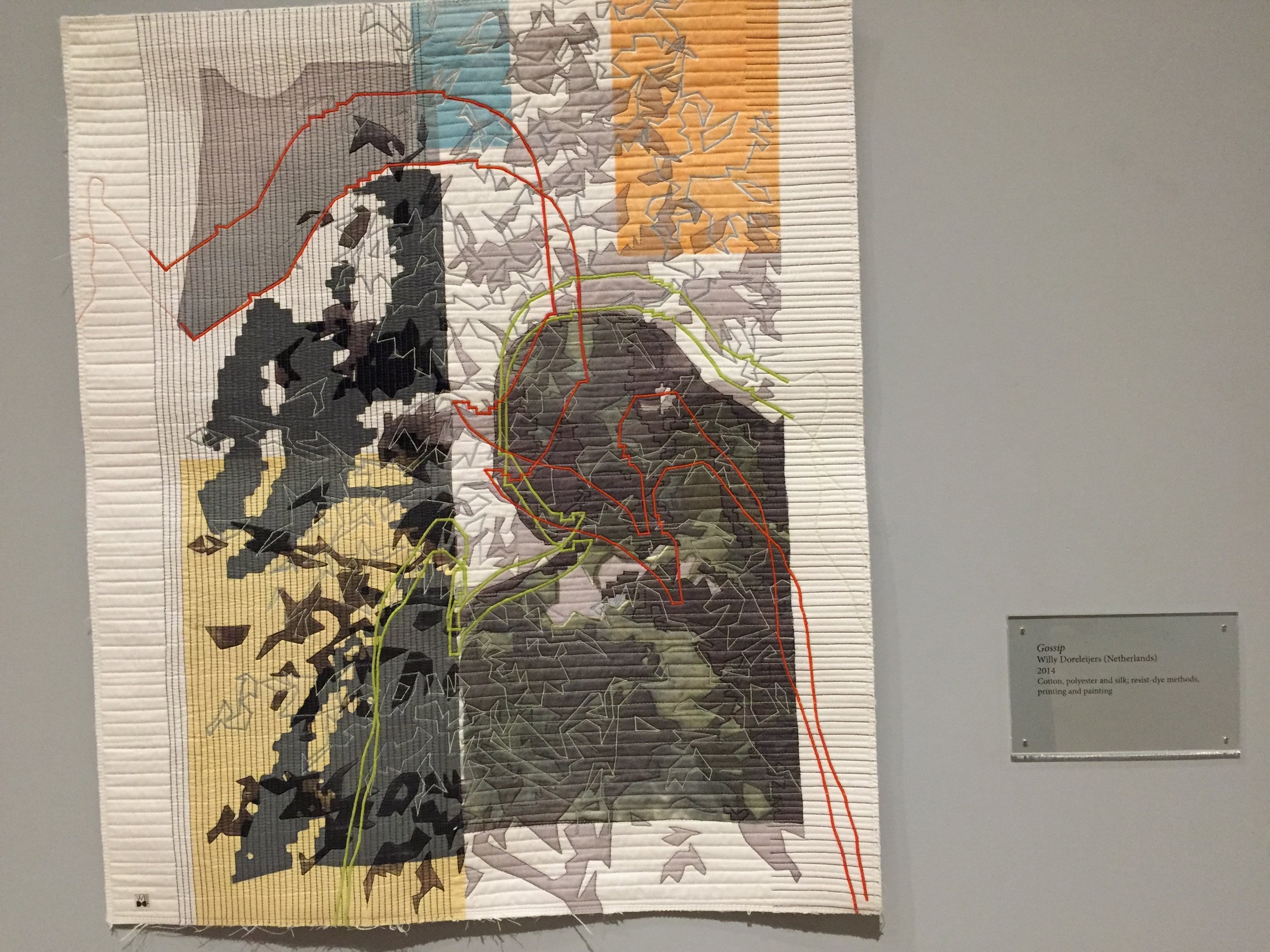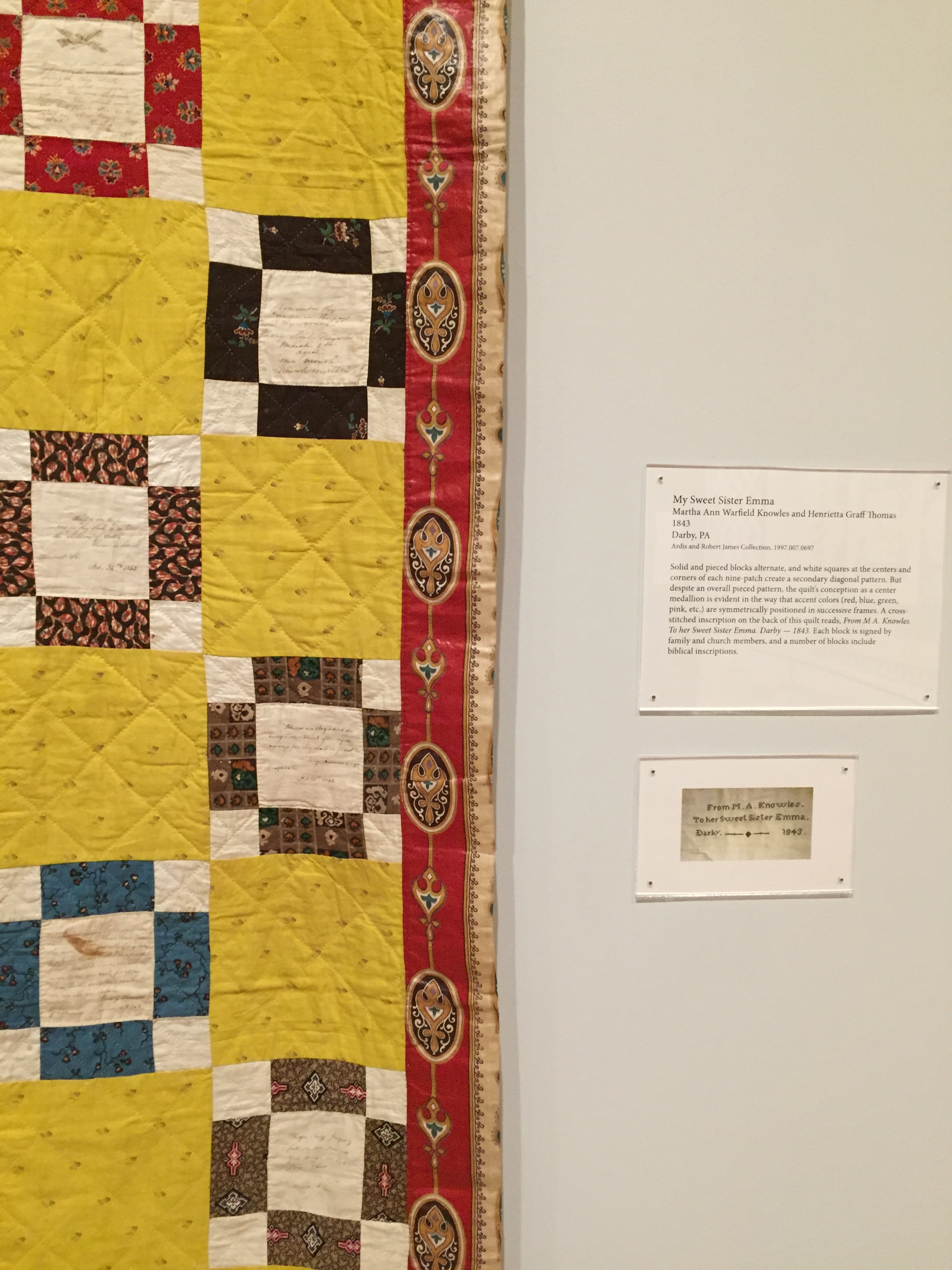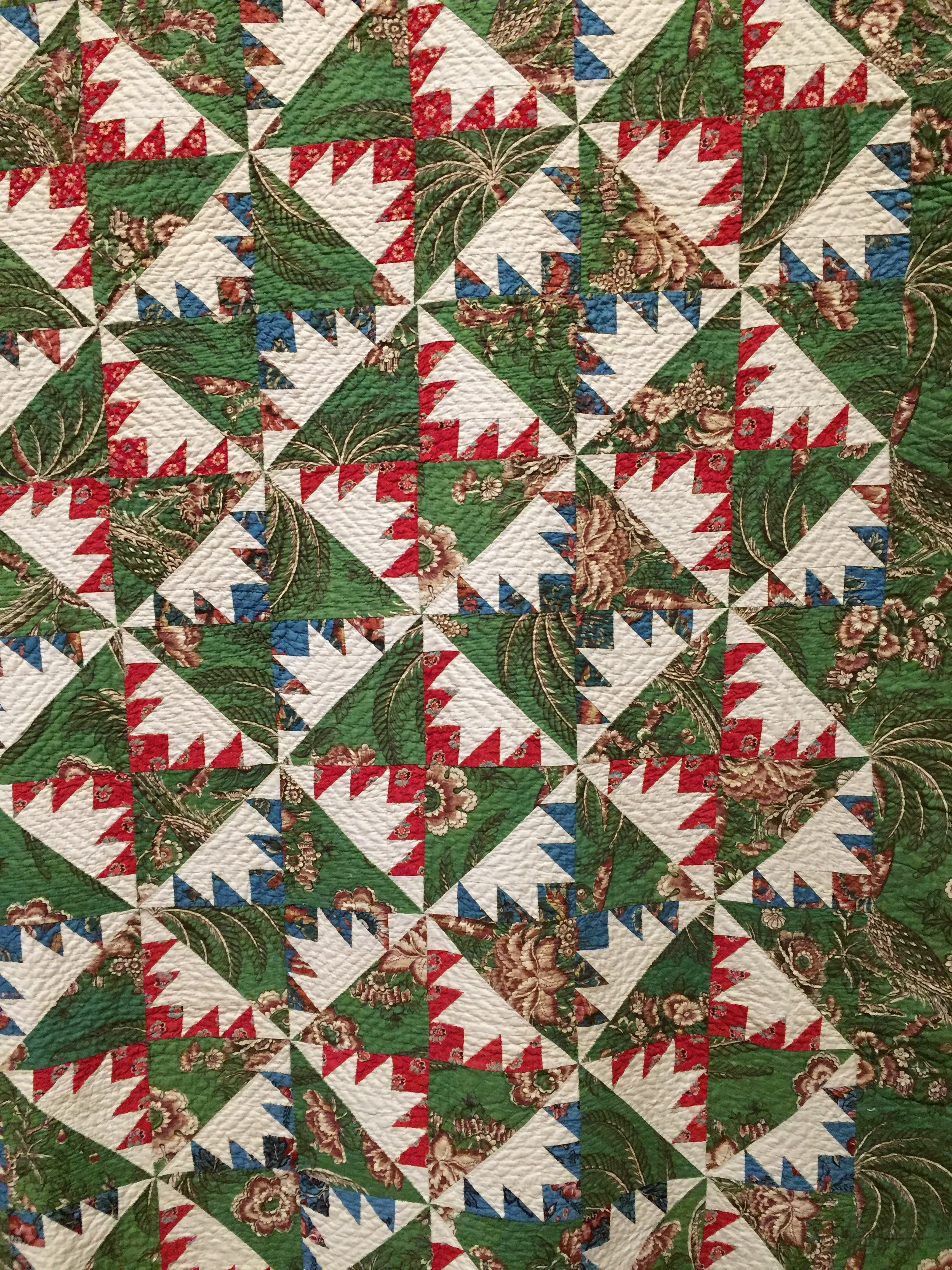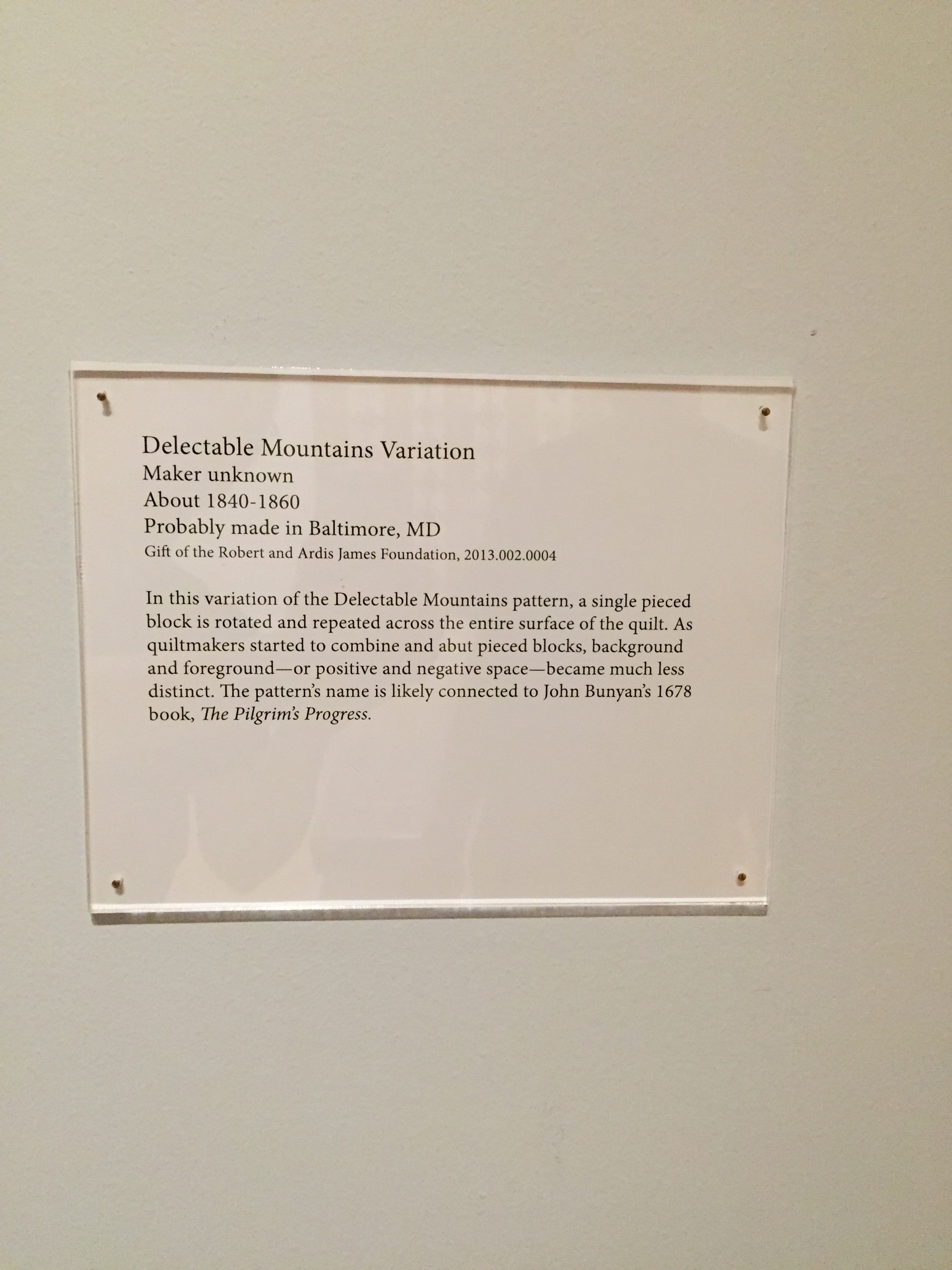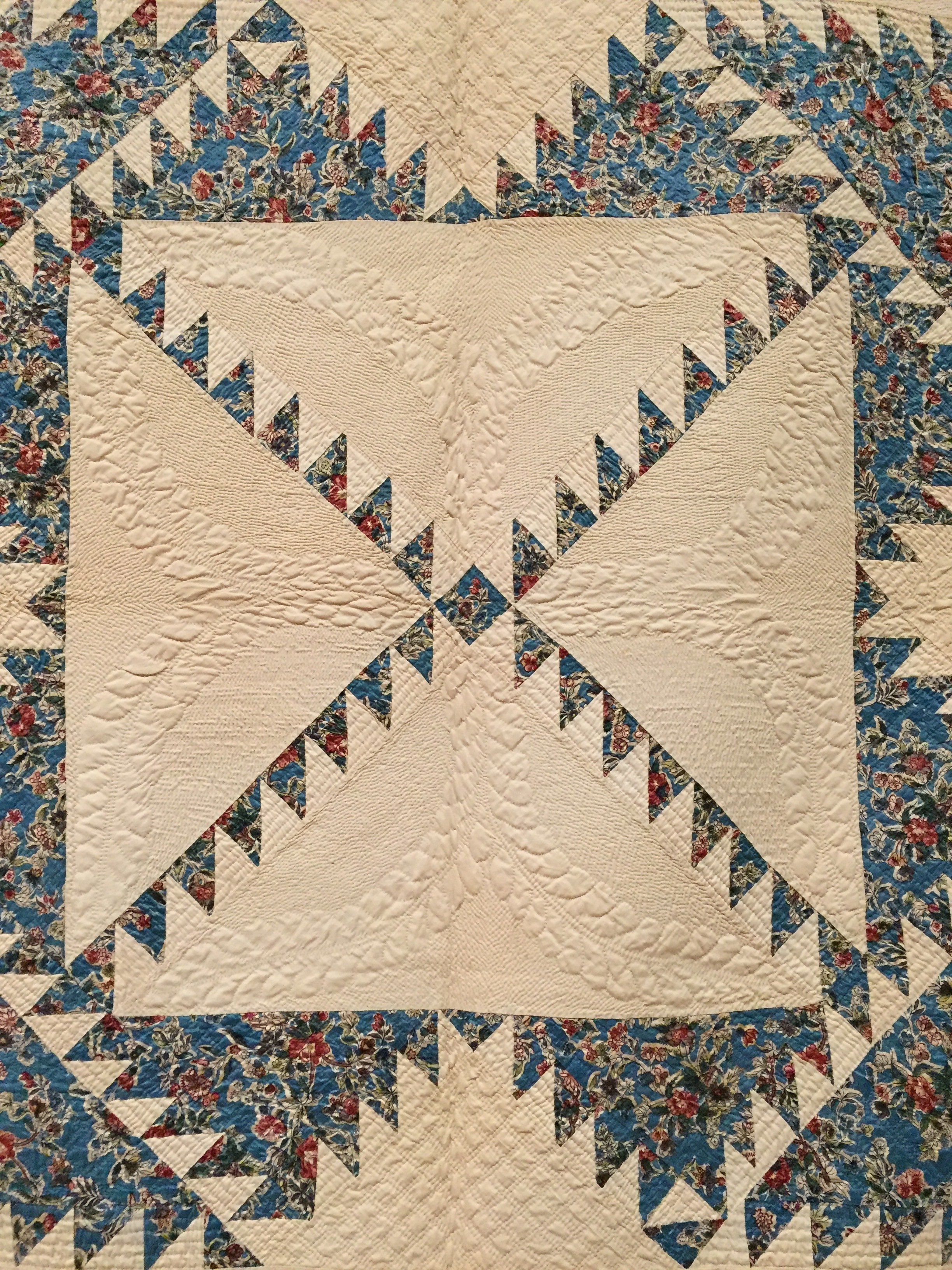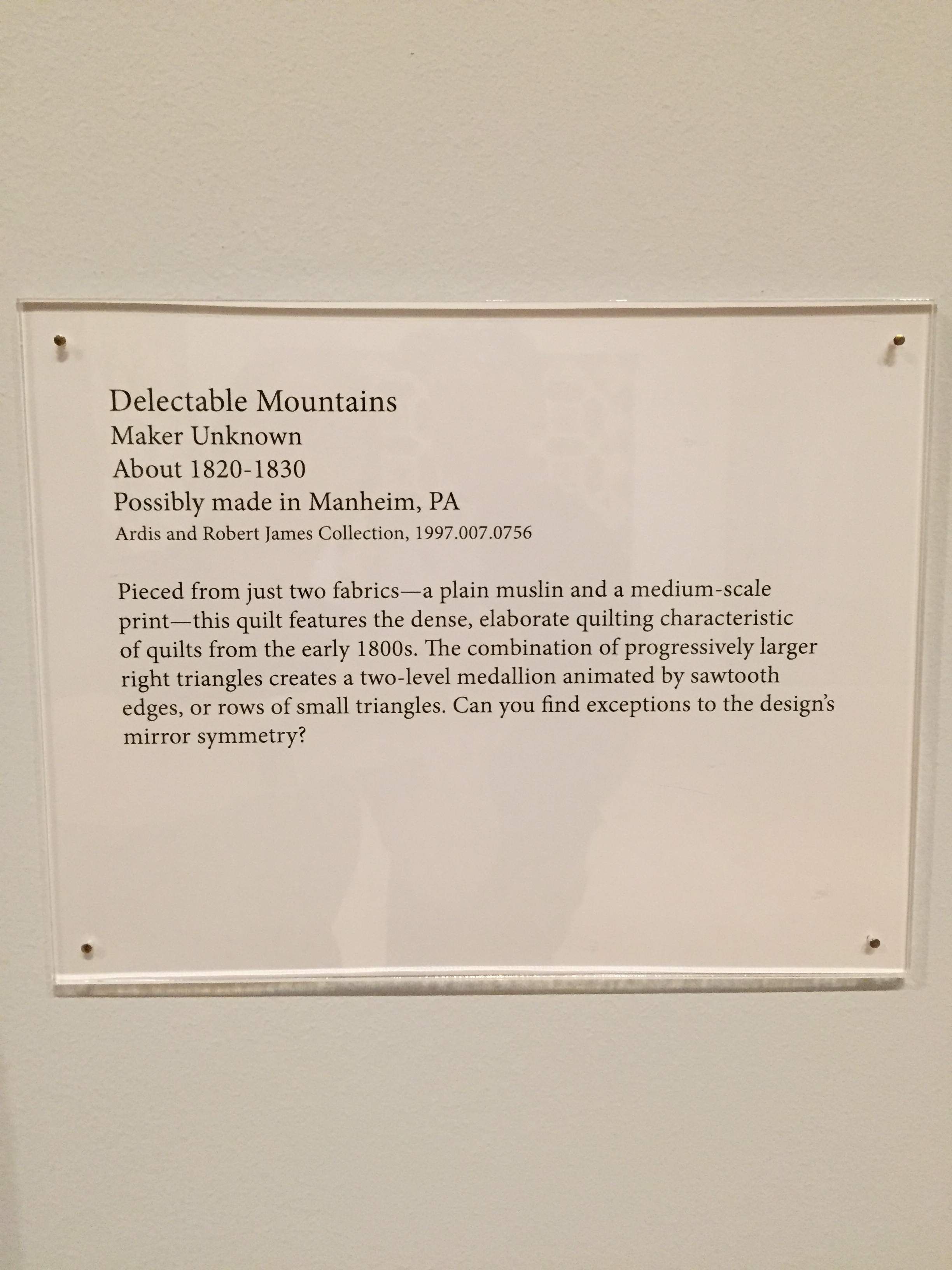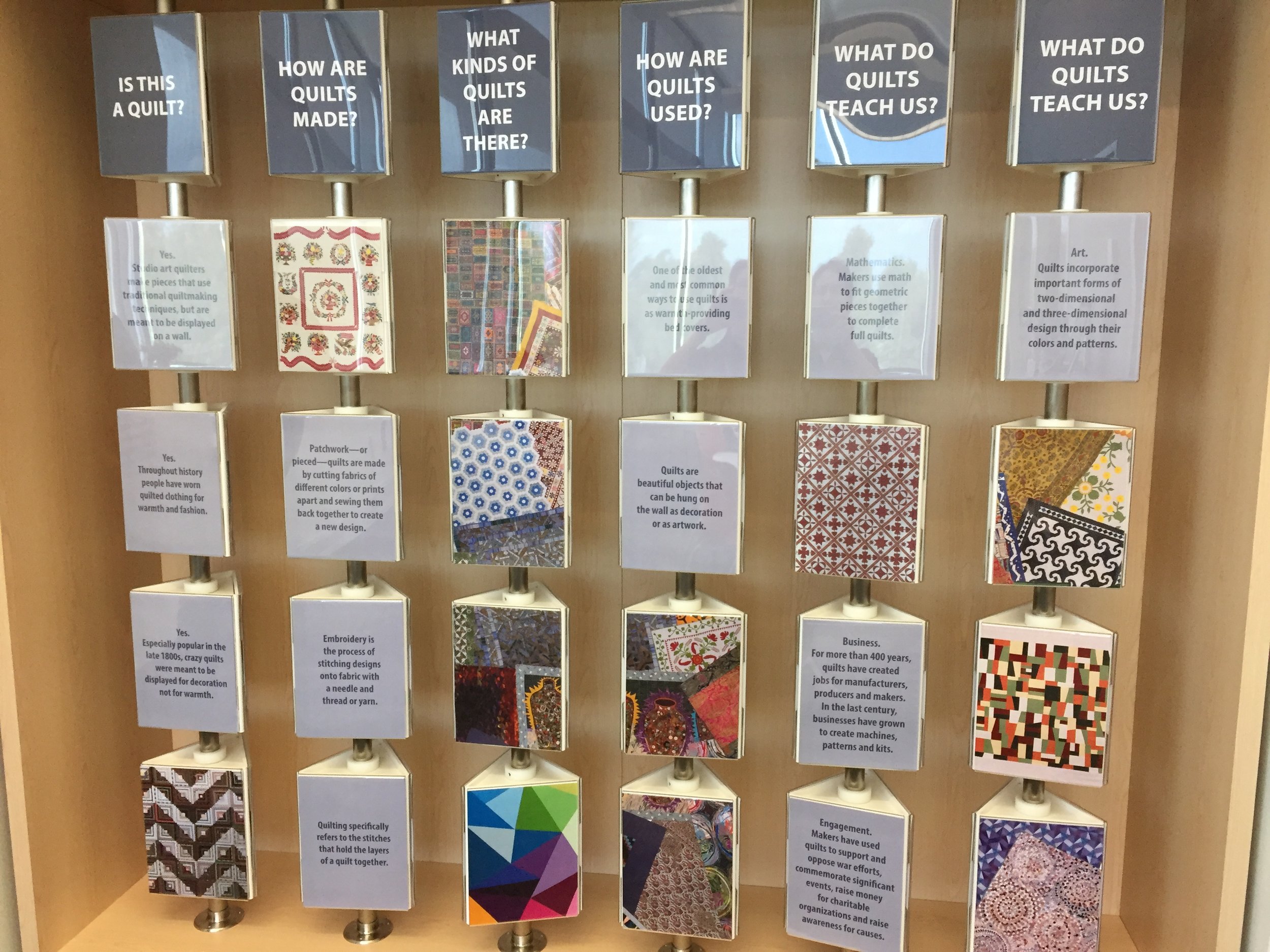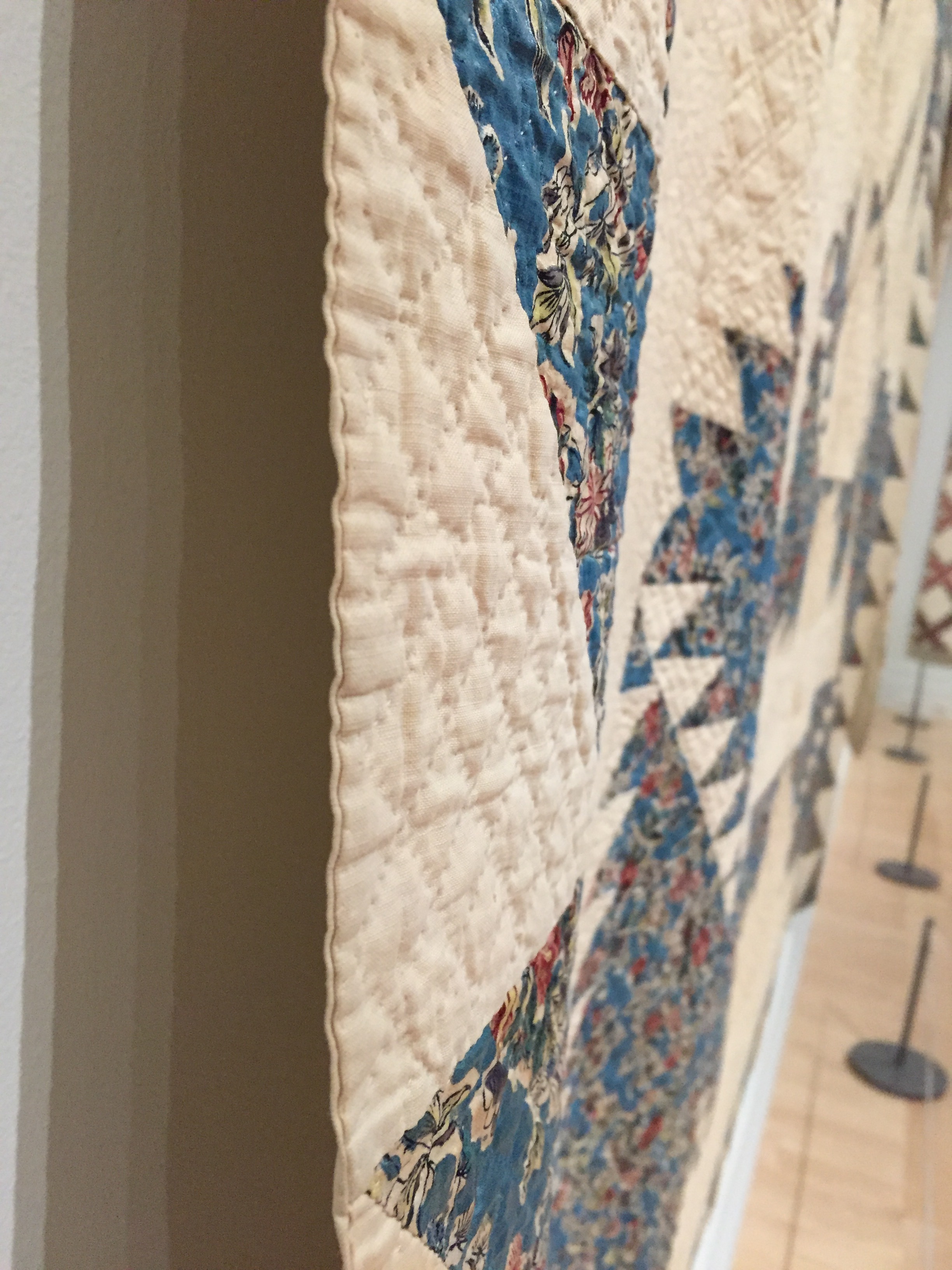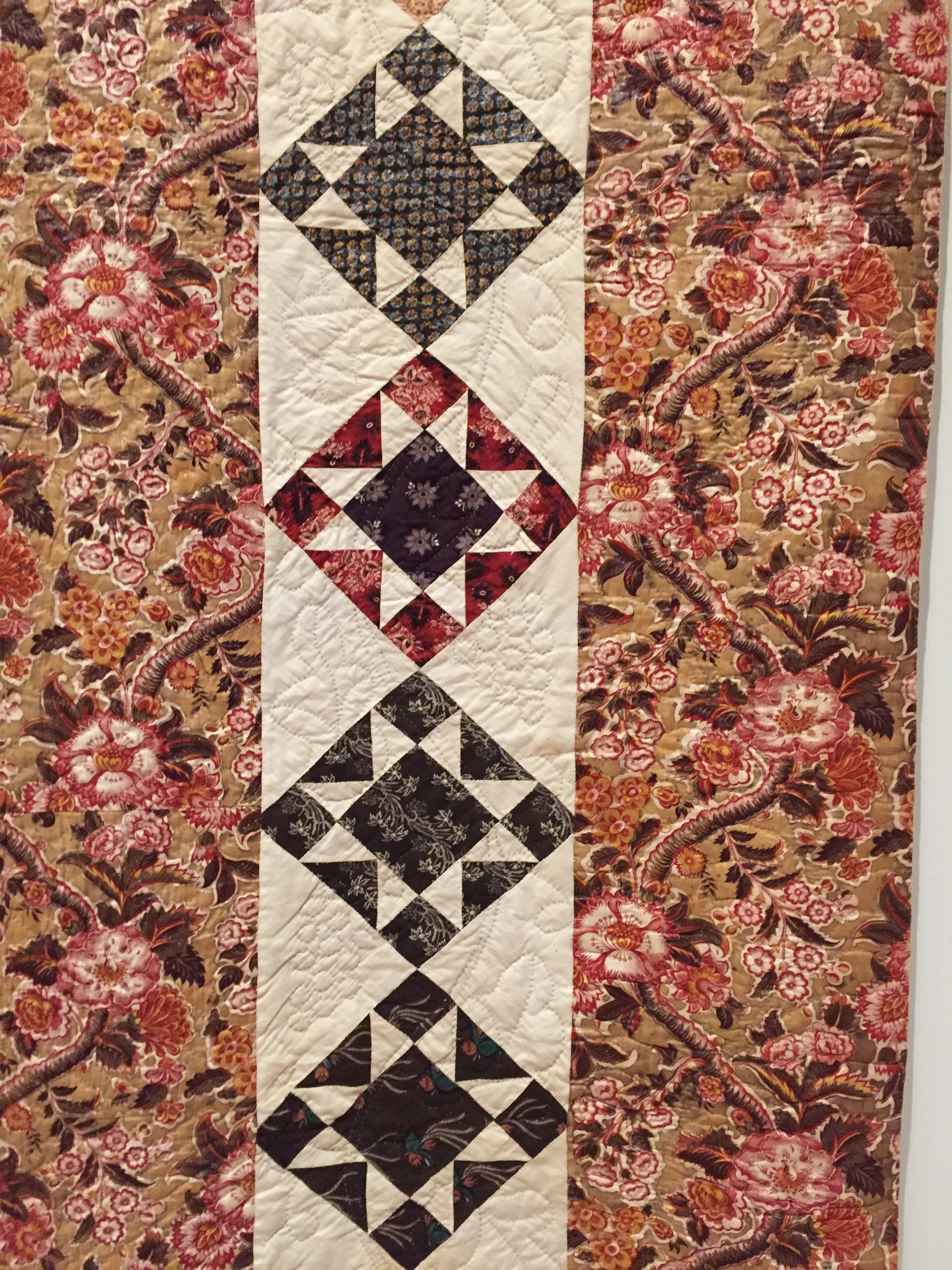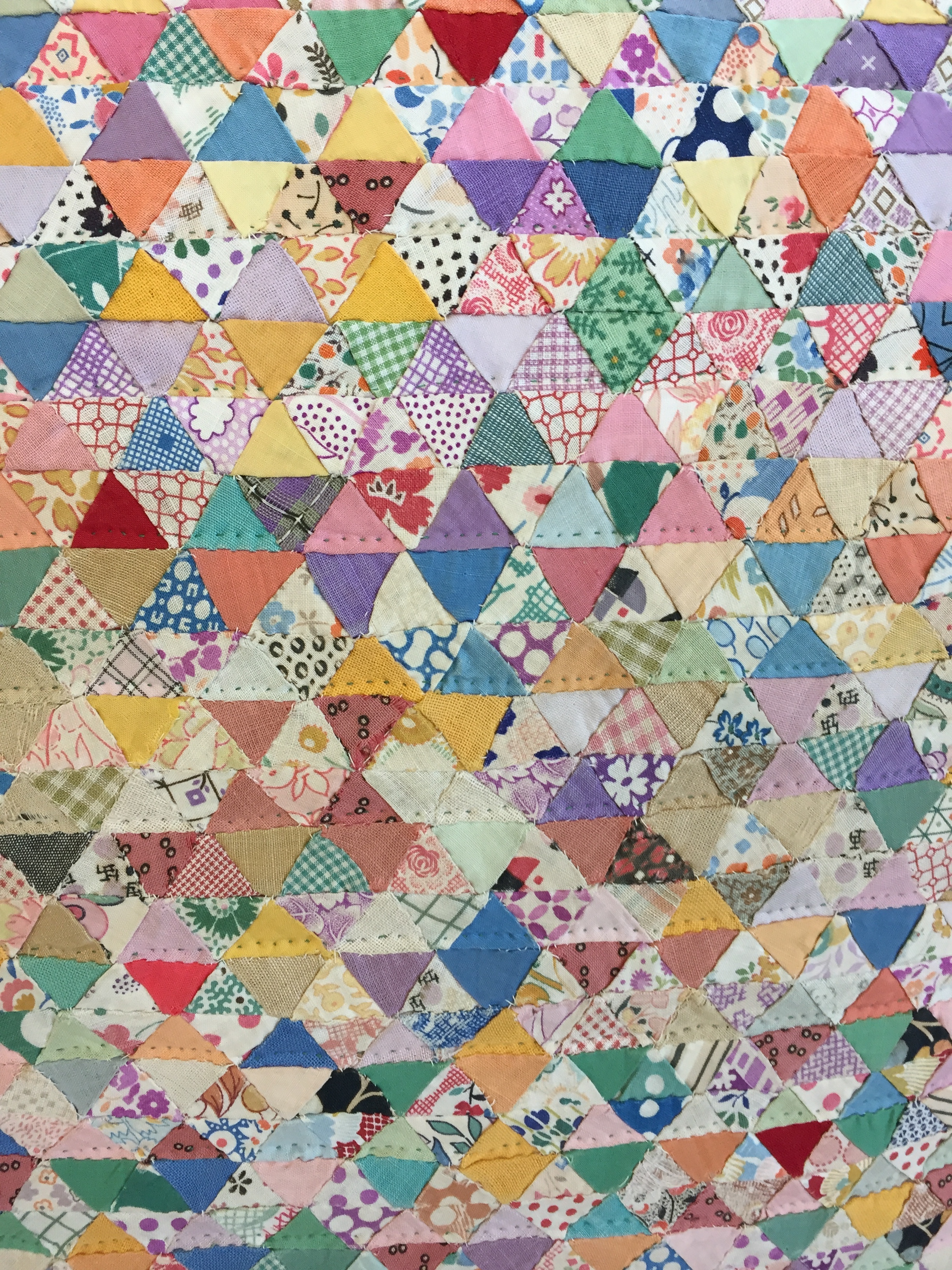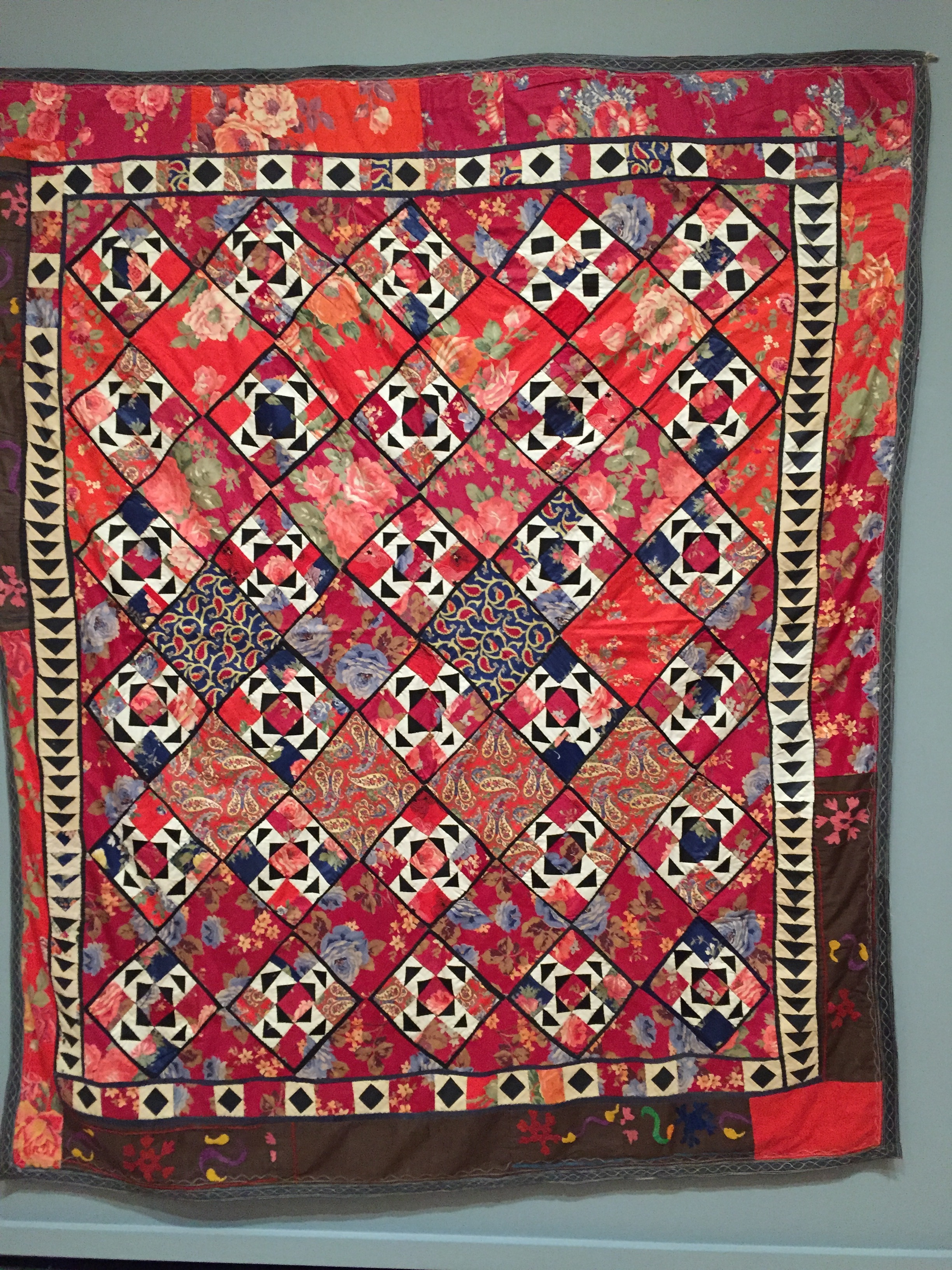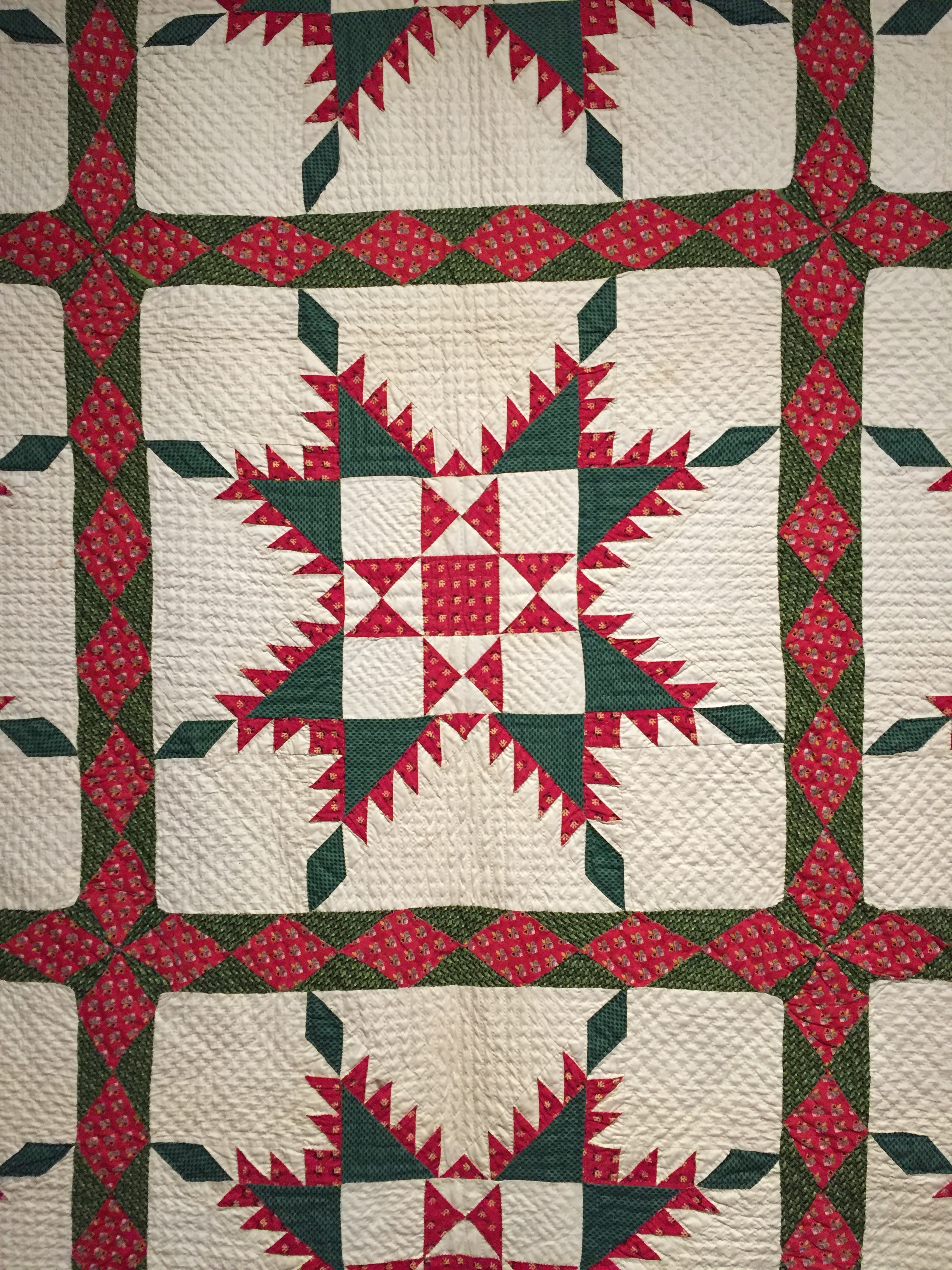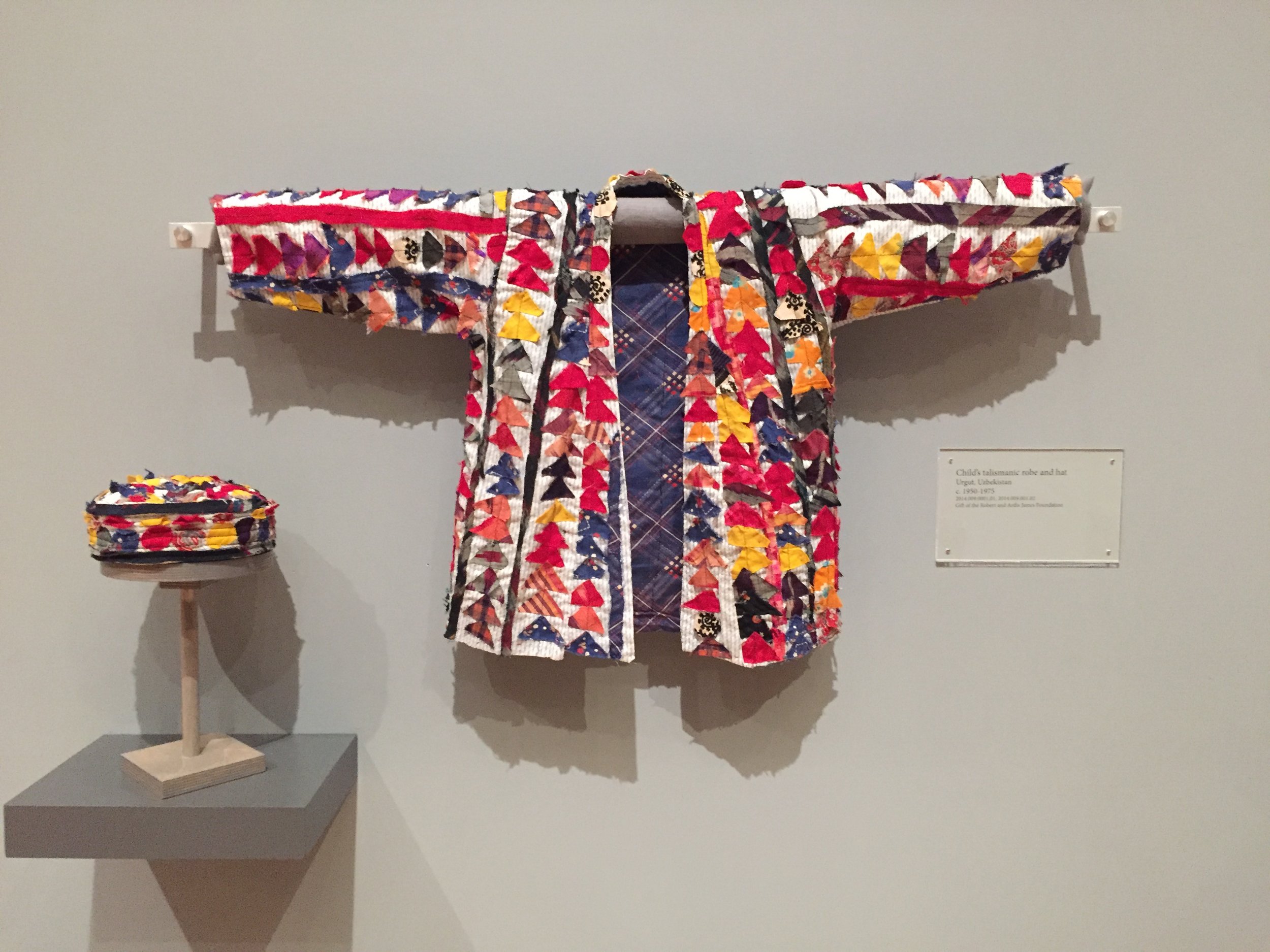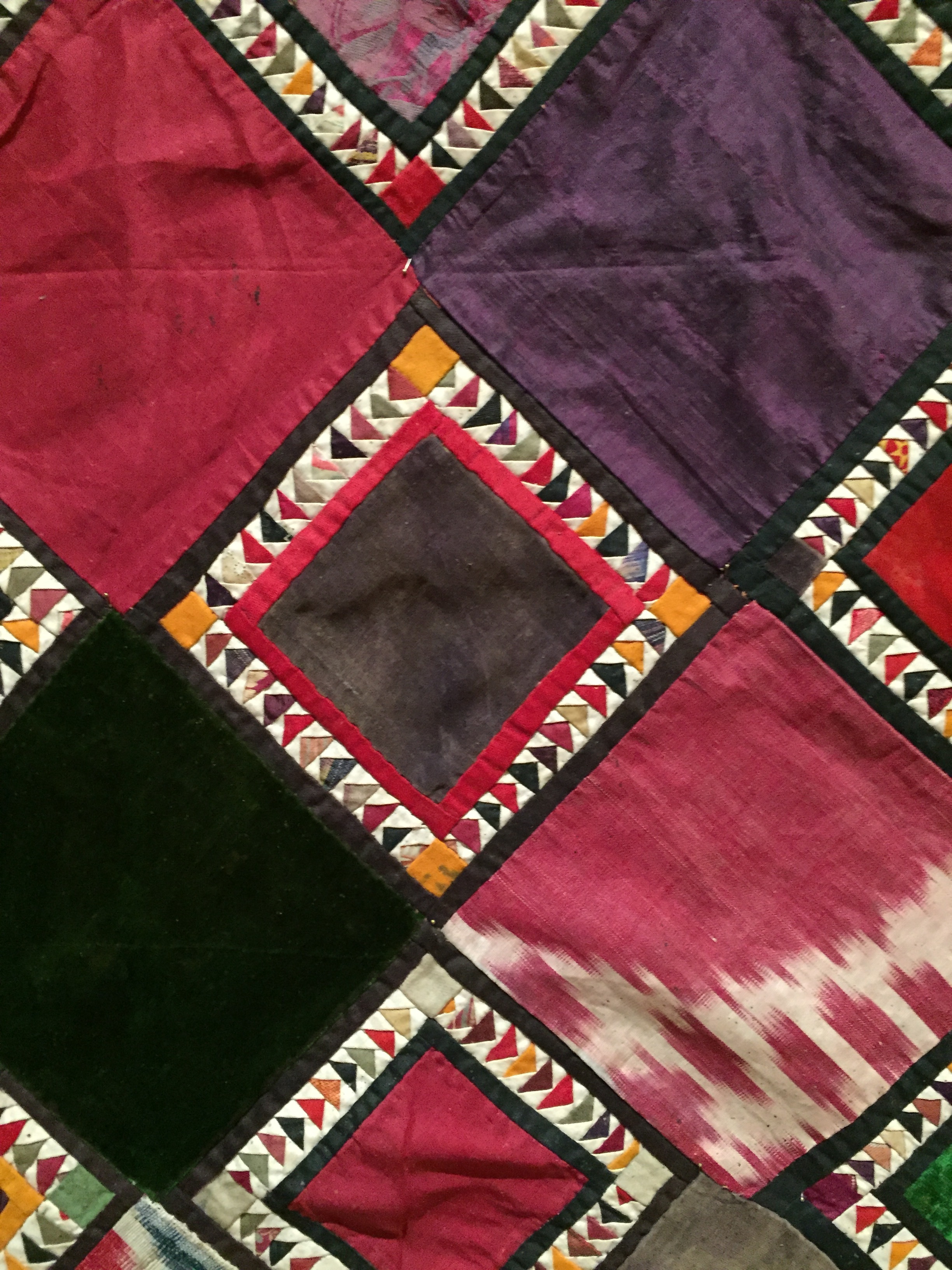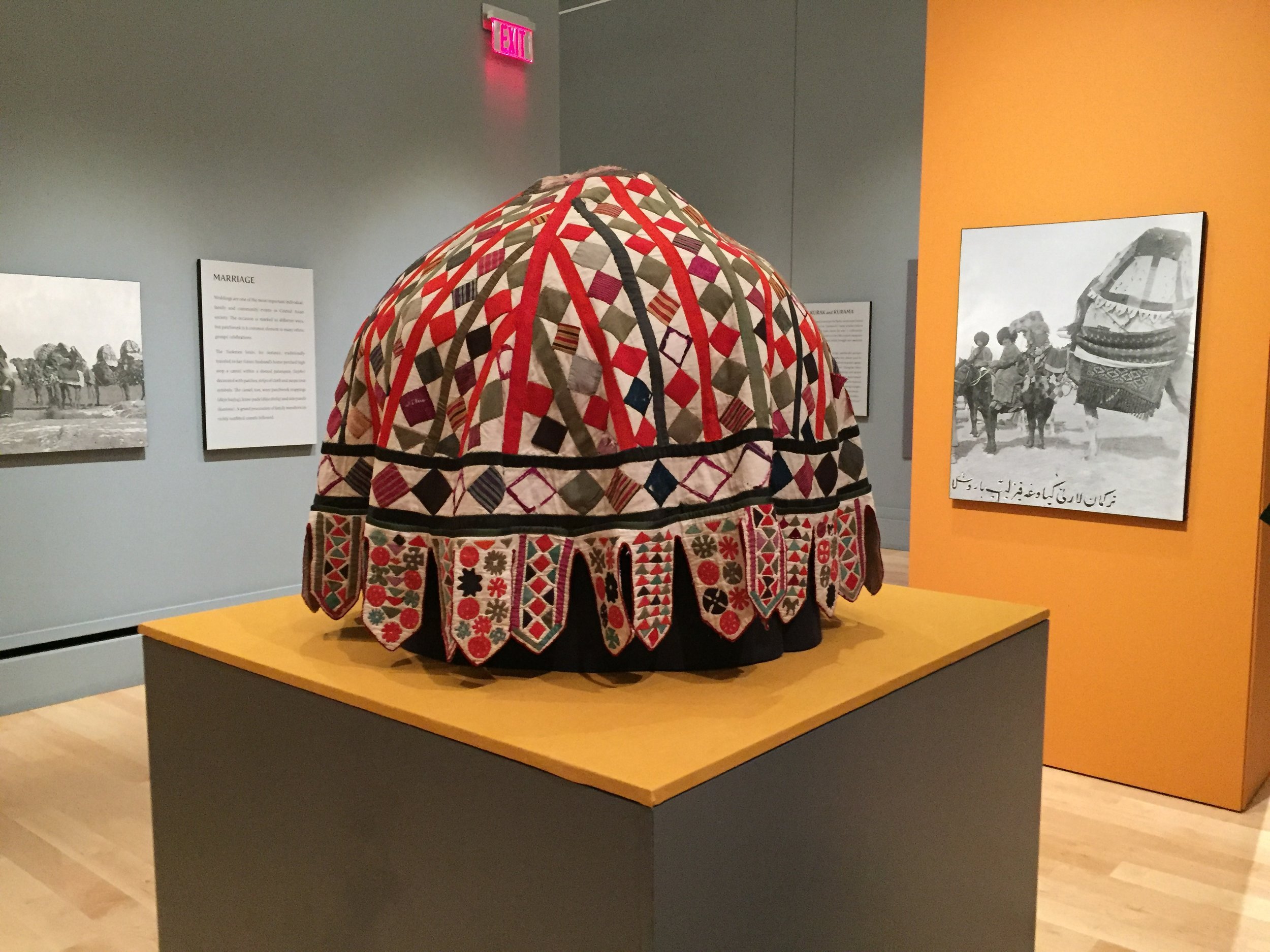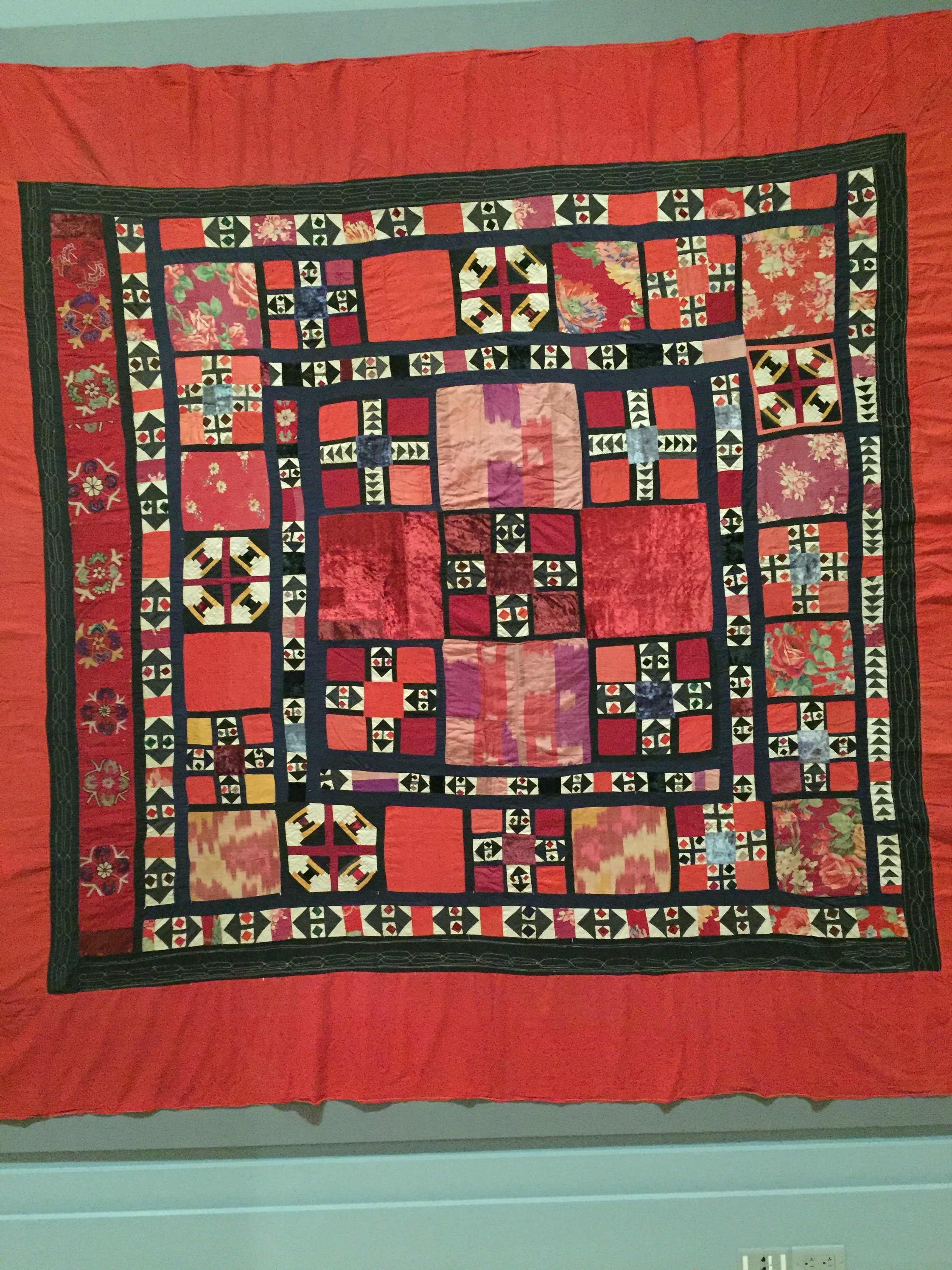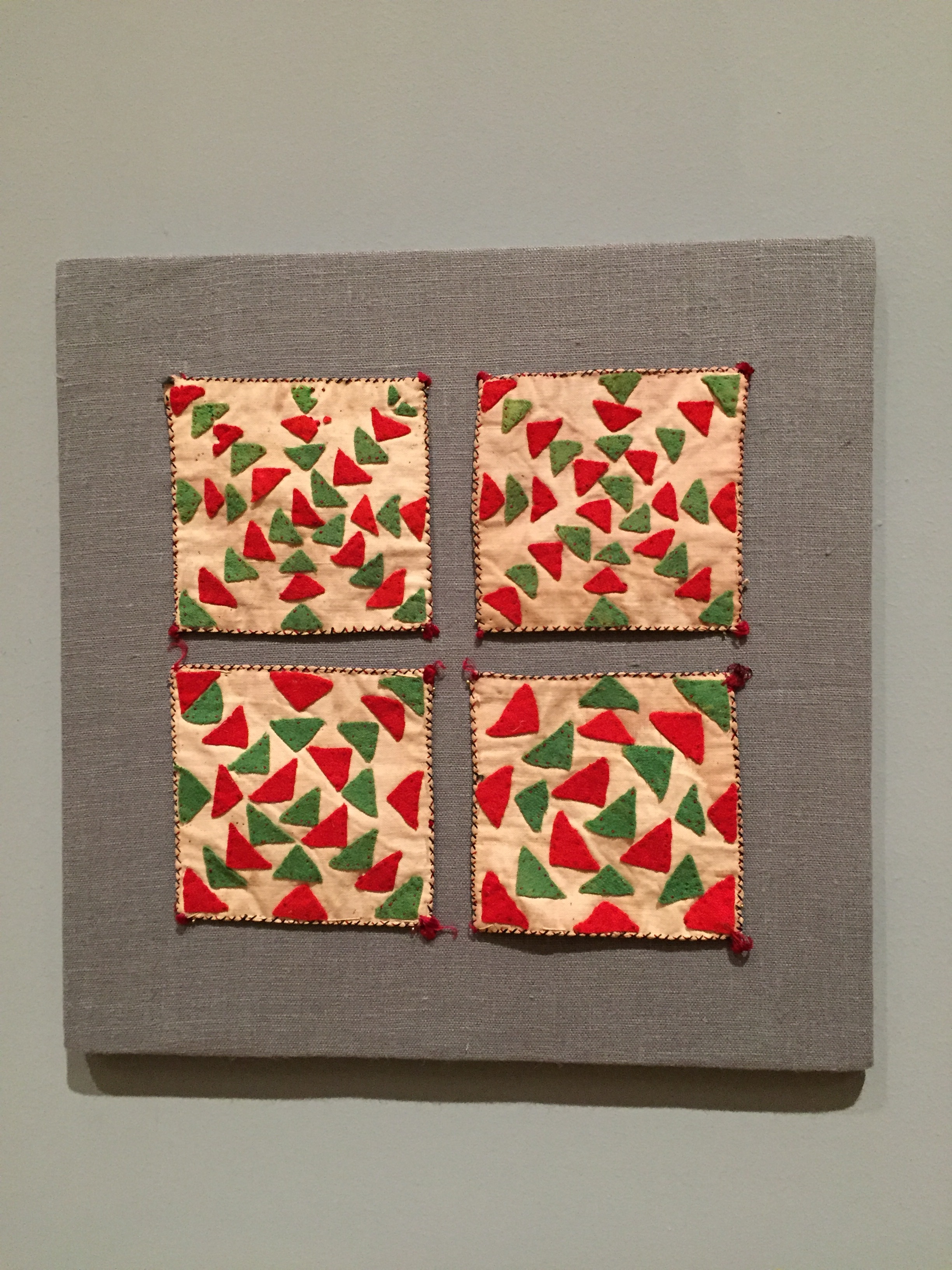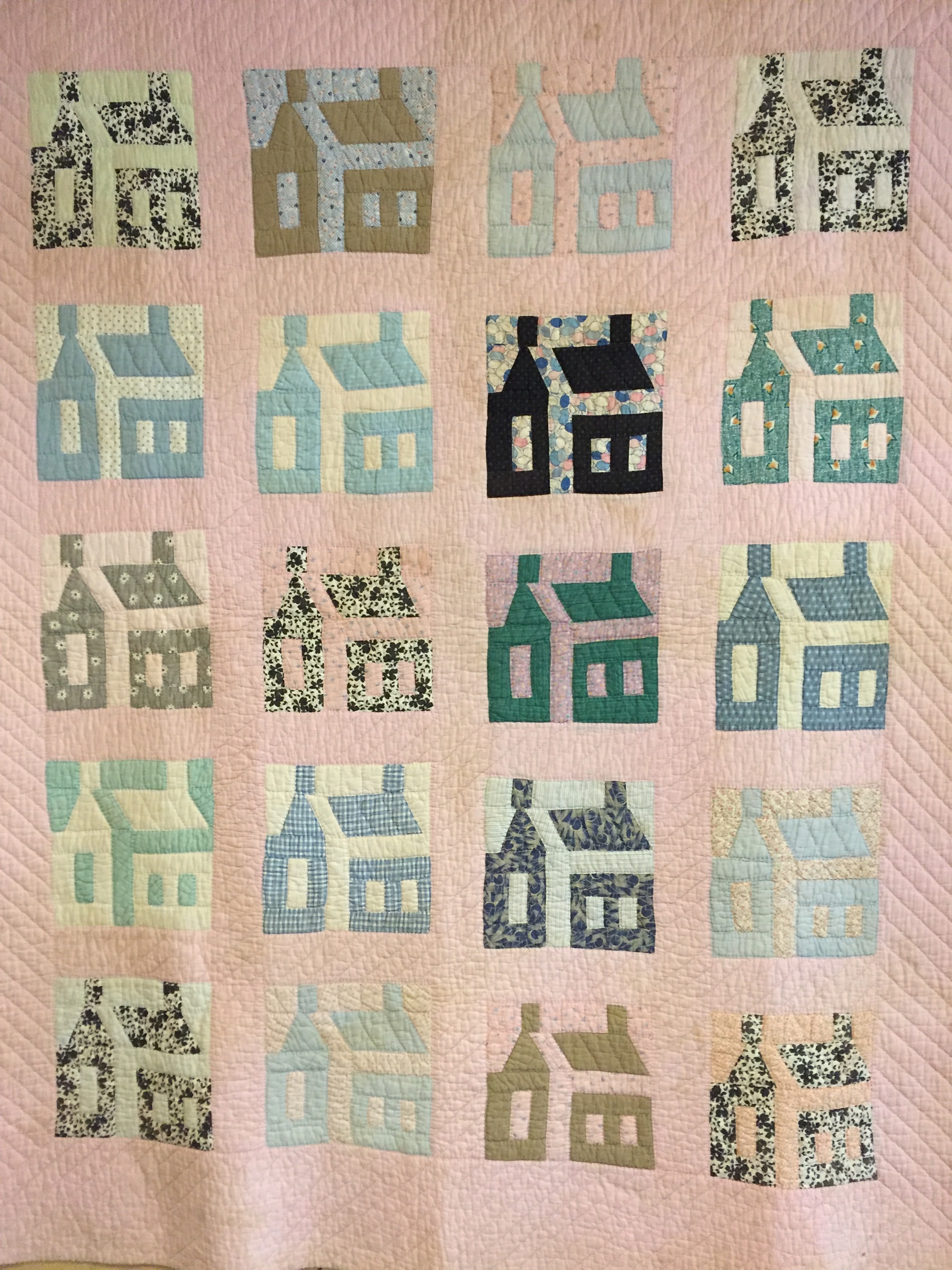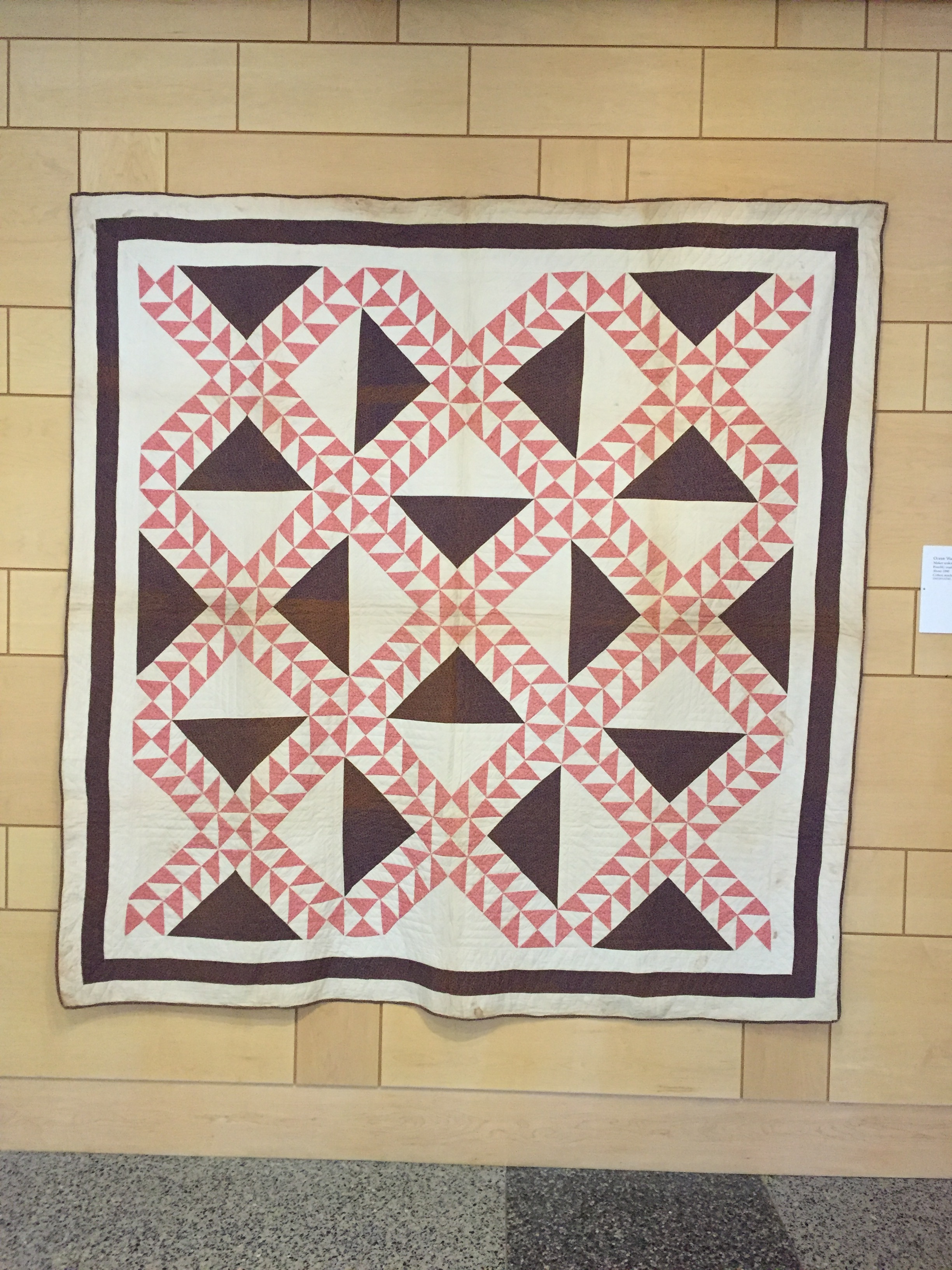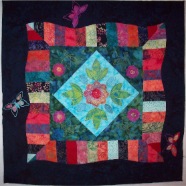Threads can make or break your embroidery project. Read through this information sheet and use it as a reference to know where embroidery threads can and should be used and needles etc. to use with them.
Threads are listed by type, fiber, and weight. Specific thread types for embroidery are recommended for both the top and the bobbin.
Embroidery Threads
Embroidery thread is used on top only for most embroideries. Bobbin thread should always be used in the bobbin unless the embroidery needs to be reversible such as on a quilt, towels, lace designs or other projects where both sides of the embroidery will be seen.40 wt. rayon embroidery thread is the most popular thread used for embroidery. The sheen gives a nice look to the embroidery and the 40 wt. is the standard for which most embroidery designs are digitized. Use a size 80 Universal or Embroidery Needle when embroidering with 40 wt. rayon threads. Sulky and Robison Anton are two of the companies that produce 40 wt. rayon threads.
35 wt. rayon threads are available for use with redwork type designs. It is a slightly heavier thread that can be a solid color or a twist of several colors twisted together. Robison Anton’s Twister Tweed is an example of a two color twisted 35 wt. thread. Sulky has Ultra Twist 35 wt. thread in many colors as well.
40 wt. polyester embroidery thread is preferred by some people for use on children’s wear, towels, swimwear and other items that are washed often and may be subjected to bleach. It is a more colorfast thread, and can have a high sheen to it. It is a stiffer thread. Think of a polyester wrinkle free garment. It is made to resist wrinkles. The polyester thread works the same way and isn’t as soft as a rayon. The result is that tension adjustments may be necessary when stitching with polyester threads. Use a size 80 Universal or Embroidery Needle when embroidering with 40 wt. polyester threads. Sulky and Robison Anton are two of the companies that produce 40 wt. polyester threads.
40 or 50 wt cotton embroidery thread is sometimes preferred for embroidery designs with a less shiny, a matte look. As long as it is a good quality embroidery weight cotton thread, it will embroider nicely without any adjustment needed. Many people prefer to embroider with cotton top and bobbin when quilting a quilt with an embroidery design. Use a size 80 or 90 Universal or Embroidery Needle when embroidering with 40 or 50 wt. cotton threads. Robison Anton and Mettler produce 40 and 50 wt. cotton threads for embroidery.
25 and 30 wt. cottons are heavier weight threads. This weight is preferred for designs like redwork which is embroider with an outline straight stitch. The heavier weight thread gives a nice look to the embroidery. Use a size 90 topstitch needle when embroidering with a 25 wt. or 30 wt. cotton thread. Robison Anton offers many colors of 25 wt. cotton quilting threads suitable for specialty embroidery designs. Sulky’s 30 wt. cotton thread is also available in Blendable colors which are multi colored thread with irregular color changes for beautiful quilting and color shading.
12 wt. cotton is a very heavy thread. It is used in redwork and other straight stitch designs or designs digitized for heavier threads. For successful embroideries, use a spring foot and be sure to use a size 90 or 100 Topstitch needle. Sulky’s 12 wt. cotton comes in solid colors and Blendable colors.
Specialty threads like metallic and glitter threads are nice to highlight certain sections of a design. Use a size 90 or 100 topstitch needle. Most metallic threads stitch best in a vertical position. Slow down the speed of your machine if possible.
Bobbin Thread
Bobbin thread comes on spools for you to wind your own bobbin or on pre-wound bobbins. Embroidery bobbin thread is very light weight and can be nylon, polyester or cotton. Always use bobbin thread when embroidering unless you need the embroidery to be reversible. In that case, wind a bobbin to match the top thread. Because bobbin threads are lighter weight than regular embroidery thread, you may need to enlarge the design to make it less dense, and/or adjust the tension when using a matching thread on the bobbin.
Sewing Thread
Sewing thread for garment construction, quilting etc. is usually a 50 wt. thread. It may be all cotton, cotton covered polyester or 100% polyester. Always buy a good quality sewing thread. There are many brands available. A good quality thread is smooth, made from long fibers twisted together and doesn’t have knots or other irregularities in it. Sewing thread is not recommended for embroidery designs.
Specialty Threads
Thick, heavy specialty threads like button and carpet thread, upholstery thread and hand quilting thread are all treated for hand use and do not work well for machine stitching. It is not recommended that they be used at all on your sewing machine.











